By- Allen Thomas
Bringing to the table a host of new features, while maintaining the lust and charm of previous generation Galaxy phones is Samsung, with their new S7 and the S7 Edge. Unveiled at the 'Mobile World Congress' this week, the phone has received fairly positive reviews and feedback from reviewers around the Globe who attended the event. But is the new Galaxy S7 and the S7 Edge good enough to grab market shares from Apple's iPhone and fend-off advances from cheap Chinese makers such as Huawei and Mi? Read more to see what Samsung is bringing to the fight this year.
DESIGN:
In terms of design, there's not much to talk about. Both phones resemble their predecessors, with generous amounts of glass and metal. However, it must be noted that the newbies are rounded-off better in terms of ergonomics, as they make use of a newer curved-glass back. This should aid for better grip, while giving the phone a 3-dimensional look and finish.
CAMERA:
Both the Galaxy S7 and S7 Edge are fitted with downsized cameras. At 12-megapixels, the duo pack the least amount of megapixels- since the Galaxy S4. However, this shouldn't be a problem, because the camera makes use of f/1.7 aperture and extra-large 1.4µm pixels on the new sensor. This makes way for a sensor that now picks up 56-percent more light, and another 25-percent courtesy of the brighter aperture. In short, the Galaxy S7 has 95-percent more light to work with at any given time.
The image sensor also features 'Dual-Pixel' focusing - similar to Phase Detection autofocus, but Samsung claims their system is four times faster. The front camera, however, remains unchanged at 5-megapixels- except for a new f/1.7 aperture- helping it receive more light, and in the process, help brand it as the "ultimate selfie phone".
SCREEN:
The phones also come with 'Super AMOLED' Quad-HD screens, running at resolutions of 2560 x 1440, which will be wrapped in gorilla glass. Also making an appearance on the new flagships is the IP86- water resistance feature.This allows the phone to remain under water for 30-minutes, and at a depth of upto 5 feet- although we're not sure why you'd want to do that.
INTERNAL SPECIFICATION:
Further Benchmarking reveals that the Samsung S7's processor is 30-percent faster than the one from last year. Moreover, the CPU is 64-percent quicker. Samsung is also bringing back the Qualcomm chipset in select locations- mostly USA and UK, while Exynos chipsets are expected to feature in Asian countries.
In any case, the phone will run Android Marshmallow 6.0, and will almost certainly receive upgrades for the next four-years. Furthermore, the phone will be liquid-cooled, to keep the stress levels from heat- minimum. Translation? Better gaming, and snappier application management.
The chipsets will be coupled to 4GB RAM, and will receive 32GB or 64GB of internal storage. As a treat, a micro-SD card slot that can support sizes up to 200GB is added- a feature that was found lacking in the S6 and S6 Edge. Fast-charging- a feature that allows you to pump the phone up to 83-percent in a mere 30-minutes is also included.
Samsung is also patenting its new 'Always-On' display- a feature that debuted with the S7, which shows important information such as the time, date, battery level and notifications, when the phone is locked. We're not sure how helpful this can be, but Samsung says that the Always-On display will take less that one-percent charge off the phone in an hour. Moreover, the display should go off when the phone is placed in the pocket. Either way, a 3000 mAh and a 3600 mAh battery makes its way to the S7 and S7 Edge respectively. This should translate to better stand-by and usage times.
PRICING:
The phone should hit shelves by the 11th of March. The Galaxy S7 is expected to set you back 305-Riyals (US$790) if you buy the handset right away. The S7 Edge should carry a US$100 premium, so expect it to hit the 350-Riyal (US$890) mark.
VERDICT:
Critics around the globe have been expressing mixed feelings about the phones, with a majority questioning the absence of any ground-breaking feature. However, we feel the S7 and the S7 Edge bring the best of both worlds to the table. In short, the duo are what the S6 and S6 Edge should have been in the first place.
In terms of design, there's not much to talk about. Both phones resemble their predecessors, with generous amounts of glass and metal. However, it must be noted that the newbies are rounded-off better in terms of ergonomics, as they make use of a newer curved-glass back. This should aid for better grip, while giving the phone a 3-dimensional look and finish.
CAMERA:
Both the Galaxy S7 and S7 Edge are fitted with downsized cameras. At 12-megapixels, the duo pack the least amount of megapixels- since the Galaxy S4. However, this shouldn't be a problem, because the camera makes use of f/1.7 aperture and extra-large 1.4µm pixels on the new sensor. This makes way for a sensor that now picks up 56-percent more light, and another 25-percent courtesy of the brighter aperture. In short, the Galaxy S7 has 95-percent more light to work with at any given time.
The image sensor also features 'Dual-Pixel' focusing - similar to Phase Detection autofocus, but Samsung claims their system is four times faster. The front camera, however, remains unchanged at 5-megapixels- except for a new f/1.7 aperture- helping it receive more light, and in the process, help brand it as the "ultimate selfie phone".
SCREEN:
The phones also come with 'Super AMOLED' Quad-HD screens, running at resolutions of 2560 x 1440, which will be wrapped in gorilla glass. Also making an appearance on the new flagships is the IP86- water resistance feature.This allows the phone to remain under water for 30-minutes, and at a depth of upto 5 feet- although we're not sure why you'd want to do that.
INTERNAL SPECIFICATION:
Further Benchmarking reveals that the Samsung S7's processor is 30-percent faster than the one from last year. Moreover, the CPU is 64-percent quicker. Samsung is also bringing back the Qualcomm chipset in select locations- mostly USA and UK, while Exynos chipsets are expected to feature in Asian countries.
In any case, the phone will run Android Marshmallow 6.0, and will almost certainly receive upgrades for the next four-years. Furthermore, the phone will be liquid-cooled, to keep the stress levels from heat- minimum. Translation? Better gaming, and snappier application management.
The chipsets will be coupled to 4GB RAM, and will receive 32GB or 64GB of internal storage. As a treat, a micro-SD card slot that can support sizes up to 200GB is added- a feature that was found lacking in the S6 and S6 Edge. Fast-charging- a feature that allows you to pump the phone up to 83-percent in a mere 30-minutes is also included.
Samsung is also patenting its new 'Always-On' display- a feature that debuted with the S7, which shows important information such as the time, date, battery level and notifications, when the phone is locked. We're not sure how helpful this can be, but Samsung says that the Always-On display will take less that one-percent charge off the phone in an hour. Moreover, the display should go off when the phone is placed in the pocket. Either way, a 3000 mAh and a 3600 mAh battery makes its way to the S7 and S7 Edge respectively. This should translate to better stand-by and usage times.
PRICING:
The phone should hit shelves by the 11th of March. The Galaxy S7 is expected to set you back 305-Riyals (US$790) if you buy the handset right away. The S7 Edge should carry a US$100 premium, so expect it to hit the 350-Riyal (US$890) mark.
VERDICT:
Critics around the globe have been expressing mixed feelings about the phones, with a majority questioning the absence of any ground-breaking feature. However, we feel the S7 and the S7 Edge bring the best of both worlds to the table. In short, the duo are what the S6 and S6 Edge should have been in the first place.
Samsung Galaxy S7 Launched- February 2016 | Samsung Galaxy S7 Edge Launched- February 2016 |

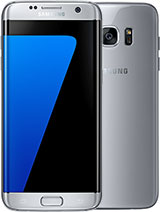
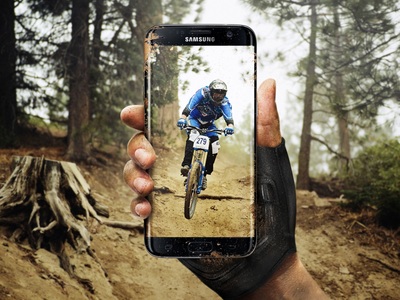
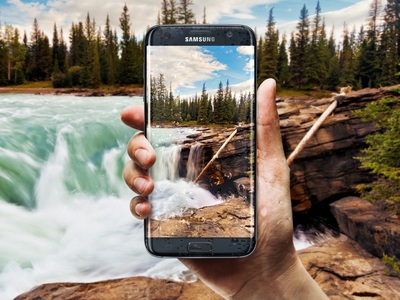



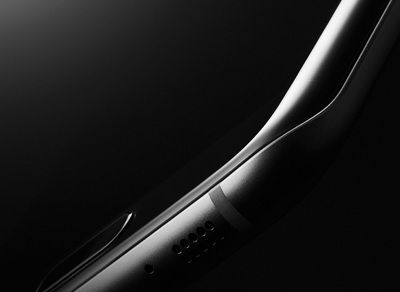
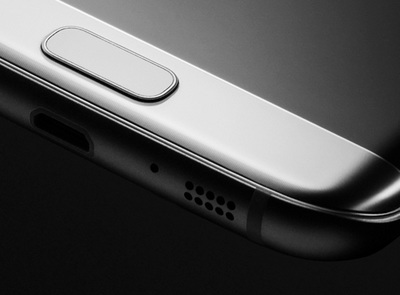

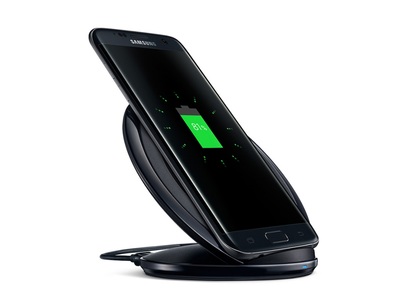
 RSS Feed
RSS Feed

